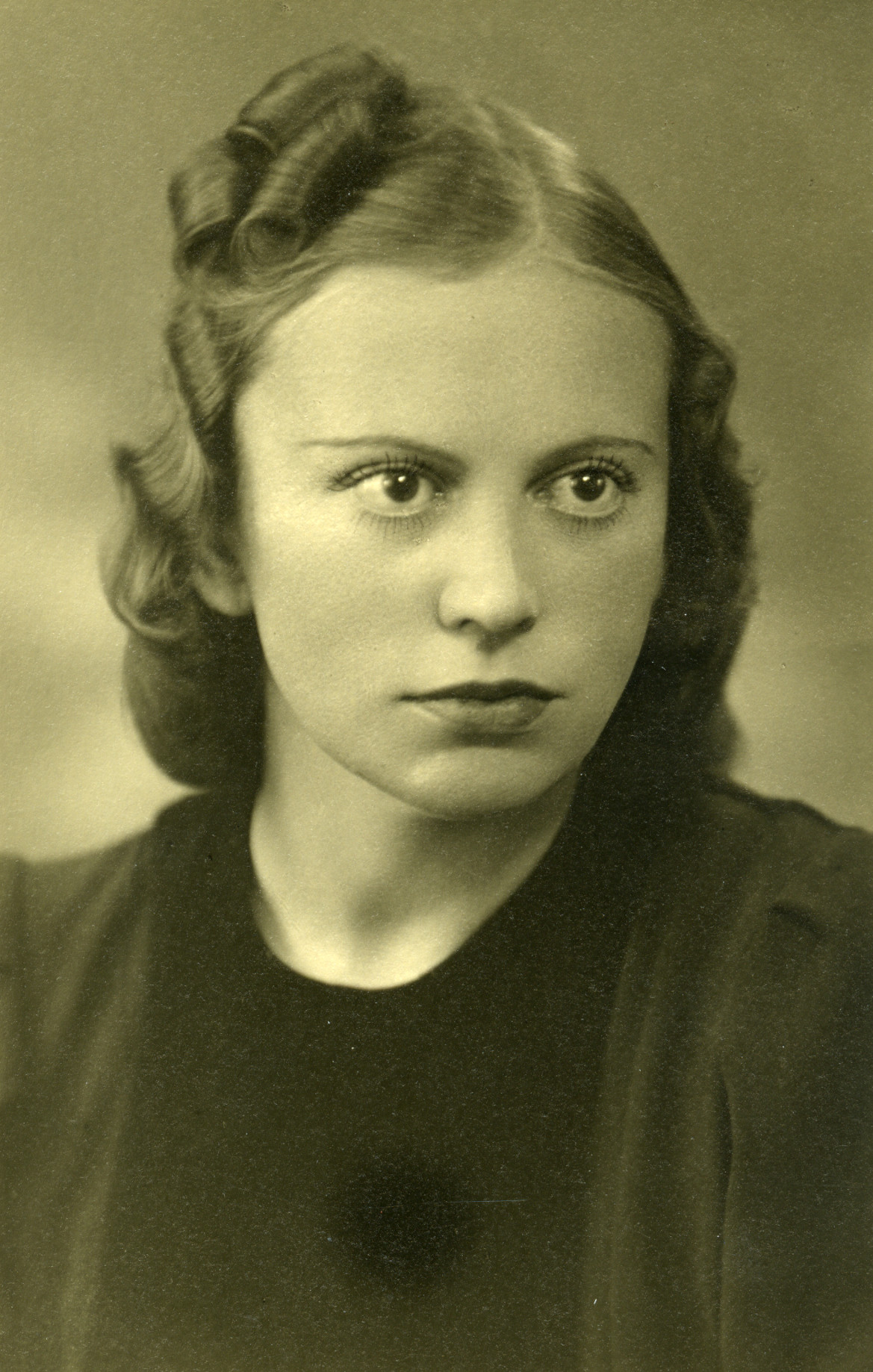
Irma Truupõld
Irma Truupõld (real name Johanna Wilhelmine Irmgard Treufeldt, in marriage later Pihlak, 29./16. VII 1903 – 26. XI 1980) was an Estonian writer who mostly wrote children’s prose but has also published poetry for children and adults.
She was born in Tallinn to Juhan Treufeldt, a small business owner. After her father’s sudden death, the family moved to Valga. In 1912, she started school in Valga private primary school. From 1913–1916, she studied at Tarvastu-Mustla parish school. In 1916, she continued her studies in Tallinn, first at Ms. Leisti school, then from 1918–1924 at E. Lender Private Gymnasium for Girls, which was followed by the State Industrial Art School (the modern-day Estonian Academy of Arts). In school, her interest in literature and writing talent became evident and in high school, the idea for her most famous work Rohelise Päikese Maa (‘The Land of the Green Sun’) came to her. In 1924, she became an invoice clerk of the Päevaleht newspaper editorial board. She began publishing poems and short stories in various newspapers and magazines. She married doctor Oskar Pihlak in 1932 and had three children. During her married years, she lived as a freelance writer in Lääne-Viru County and Türi, and during the war in Tallinn.
In 1945, her husband was arrested and deported to Russia; next year, her daughter passed away. Truupõld’s writings were declared unsuitable due to their excessively fantastic elements that did not conform to the canon of socialist realism of the time. Truupõld gave up being a writer and from 1952, worked as an invoice and statistical clerk in several public sector institutions. She died in Tallinn and is buried at Metsakalmistu Cemetery.
She made her debut in the magazine Laste Rõõm with a short story Tuuleema ja tuuleonu (‘Wind Mother and Wind Uncle’, 1923). In the 1920s and 1930s, several periodicals published her children’s prose – realistic stories of preschool and young school children and emotional short fairytales. Her small children poetry and personal love and nature poetry addressed to adults also belong to the same period. She became well-known for her fairtytales that depict nature and the world of toys and unite the realist with the fantastical. Her animal story with popular science motifs Öömori okaslinn (‘The Needle City of Öömori’, 1936) that describes the highly regulated life of an ant colony was awarded first place in a children’s literature competition by Loodus publishing house. The fairytale Rohelise Päikese Maa (‘The Land of the Green Sun’) became one of the most popular children’s books in Estonia. It tells an adventurous story of two forgotten dolls in search of a new home. The story touches the topics of love and friendship and introduces children to the microcosm of nature and the life and struggles of small forest creatures.
The holiday fairytale Kuidas jõuluvana leidis endale ameti (‘How Santa Found His Calling’, 1937) was published as a separate book and it tells the story of a kind old man in the form of a Christian legend. The young adult novel Aadi esimene armastus (‘Aadi’s First Love’, 1937) is patriotic in tone and describes the physical and mental coming of age of a city boy in the country for the summer. She wrote the libretto for the operetta Kalurineiu (‘Fisher Girl’, 1940, composer Priit Ardna, staged in the Estonian National Opera the same year) the main theme of which is the love for one’s home island Saaremaa. Her last writings date from 1947–1949, when she published some short stories and poems in periodicals. In the 1970s, she began her memoir Valga onu (‘The Uncle from Valga’) but never finished. She was also very interested in local lore and her family roots.
Since the 1970s, critics have returned to being increasingly approving of Truupõld’s children’s stories. However, even though her writings can be found in several collections, they have never again achieved the recognition of the pre-war years.
A. O. (Translated by A. S.)
Children’s books in Estonian
Öömori okaslinn. Tartu: Loodus, 1936, 80 lk. [2. trükk: Tallinn: Perioodika, 1992, 55 lk.]
Rohelise Päikese Maa. Tartu: Loodus, 1936, 128 lk. [Järgnevad trükid: Tallinn: Ilukirjandus ja Kunst, 1946, 96 lk; Tallinn: Eesti Raamat, 1980, 104 lk.]
Kuidas jõuluvana leidis endale ameti. Tartu: Loodus, 19 lk. [Järgnev trükk: Tallinn: Eesti Raamatuühing, 1990, 19 lk.]
Aadi esimene armastus. Tartu: Loodus, 1937, 208 lk.



